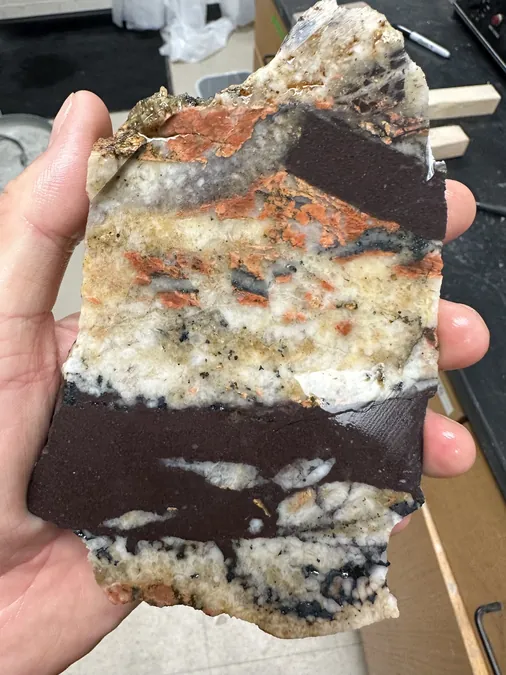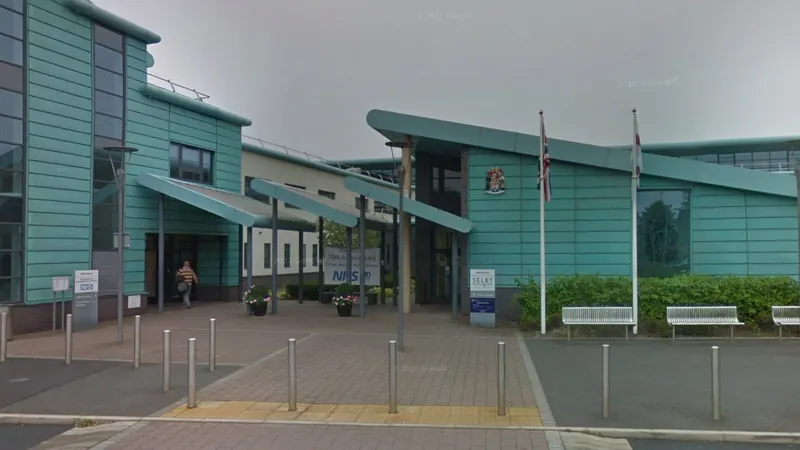
Beyond Infinity: NASA's Voyager Mission Defies Time and Space
2024-11-05
Author: Amelia
A Journey Through Time and Space
Voyager 1 and 2, the twin spacecraft that comprise the Voyager mission, were launched into the depths of space in 1977—Voyager 2 on August 20 and Voyager 1 on September 5. These pioneering probes have completed a grand tour of our solar system, capturing stunning images and vital data from the gas giants—including Jupiter and Saturn—and the icy worlds of Uranus and Neptune. As they rushed into the great beyond, Voyager 1 achieved the incredible milestone of becoming the first human-made object to enter interstellar space in 2012, followed by Voyager 2 in 2018.
Even now, more than four decades since their launch, the Voyager probes continue to send back valuable scientific data, exploring the boundaries of the heliosphere—the bubble formed by solar winds emitting from our Sun—while revealing the mysterious nature of interstellar space.
What’s the Secret Sauce?
The success of the Voyager mission can be attributed to meticulous design and an unwavering commitment to engineering excellence. According to John Casani, the project manager during its inception, “We didn't design them to last; we designed them not to fail.” This philosophy led to the inclusion of redundancy in the spacecraft components, increasing their chances of continued operation despite the rigors of their journey.
One of the crucial innovations is their power source—three radioisotope thermoelectric generators (RTGs) on each spacecraft. Originally developed under the Atoms for Peace program initiated by President Dwight D. Eisenhower, these nuclear batteries have allowed Voyager to travel well beyond the reach of solar power, which rapidly diminishes in effectiveness past the orbit of Jupiter. However, it’s important to note that as the years go by, these generators lose approximately 4 watts of power annually, necessitating careful management of onboard instruments to sustain operations.
Creative Solutions for Age-Old Problems
Operating in the uncharted territory of interstellar space, the Voyager mission frequently encounters challenges that require out-of-the-box thinking. Remarkably, retired engineers from the original Voyager team have returned to assist current scientists in troubleshooting complex issues, ensuring that invaluable knowledge from the mission's history is not lost. Collaboration between seasoned professionals and eager young engineers brings fresh perspectives, maintaining the innovative spirit that has characterized the mission from the beginning.
In recent years, the team faced significant hurdles, such as a clogged fuel tube within Voyager 1's thrusters, which are essential for maintaining communication and orientation. Remarkably, the team devised a plan to switch to a backup set of thrusters remotely, showcasing their ability to adapt in the face of adversity. With signal delays of about 22.5 hours to and from Voyager 1 and around 19 hours for Voyager 2, patience and accuracy are of utmost importance.
Voyager's Continuing Legacy
As we look to the future, the possibilites for Voyager remain tantalizing. While the probes may continue functioning into the late 2020s, the challenges of operational sustainability are evident. The diminishing power supplies and the potential for unforeseen technical issues signal that continued mission success will require the same creative problem solving that has brought Voyager this far.
With each passage of time, Voyager's legacy as a symbol of human ingenuity grows deeper, broadening our understanding of the universe. They don't just represent technological triumph but are a reminder of the unending quest for knowledge and exploration that drives humanity forward. Could these remarkable spacecraft hold even more secrets of the cosmos waiting to be uncovered? Only time—and the dedicated mission team—will tell.









 Brasil (PT)
Brasil (PT)
 Canada (EN)
Canada (EN)
 Chile (ES)
Chile (ES)
 España (ES)
España (ES)
 France (FR)
France (FR)
 Hong Kong (EN)
Hong Kong (EN)
 Italia (IT)
Italia (IT)
 日本 (JA)
日本 (JA)
 Magyarország (HU)
Magyarország (HU)
 Norge (NO)
Norge (NO)
 Polska (PL)
Polska (PL)
 Schweiz (DE)
Schweiz (DE)
 Singapore (EN)
Singapore (EN)
 Sverige (SV)
Sverige (SV)
 Suomi (FI)
Suomi (FI)
 Türkiye (TR)
Türkiye (TR)